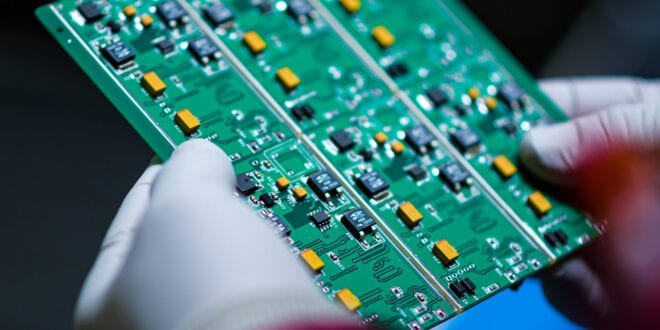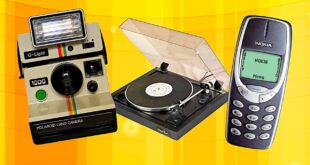With the development of technology, our daily needs began to grow. We are always looking for a way to create something innovative or a better version of something that already exists. Whether you run your own business or have a house for your family, have you ever thought about “how can I go cheap with space lighting, have better lighting, and still be environmentally friendly”?
In addition to the traditional lighting that was previously the only one available offer, today we have the opportunity to see the benefits that LED lights brings with it. This kind of light’s becoming increasingly important in various industries as well as in the household. Unlike traditional, LED lighting reduces electricity consumption and lasts much longer. What is so innovative about this type of lighting? The innovative part is printed circuit boards that are so important for the smooth operation of LED lighting. These are boards that connect all the electronic components from the inside, to help them function and improve their performance. If you are interested in LED PBC, but you still do not understand how they are actually used, below we will give you 5 tips for understanding its manufacturing process.
1. Design
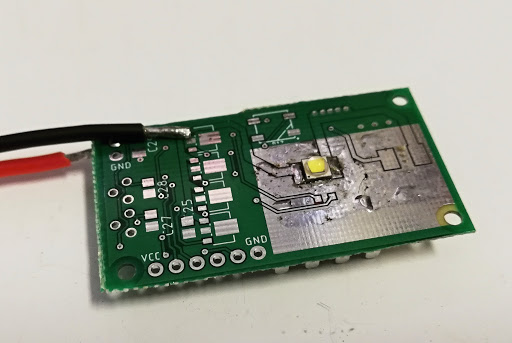
The design of any project, in this case, the LED PCB, should always come first. There are many reasons and questions that you need to go through in the first step, to get the desired result. Your main goal should definitely be good board quality. If we can achieve high quality with minimal costs, then we have a winning combination. We need to take care of good performance and costs. How do we know if we have succeeded in achieving good quality? If we managed to avoid overheating and at the same time cover a good part of the space with lighting, we did the right job.
When designing a PCB, the issue of layers is of great importance. There are single-sided, double-sided, and multi-sided PCBs. The type of layer that will be used depends on the simplicity of the electronic device. The simpler ones will require a fewer layer and so on.
We have the opportunity to buy a ready-made LCD PCB, but will it always correspond to our set goals?
2. Material selection

The choice of material depends on what function the PCB will be able to perform, what type of board we have opted for and what the production costs will be. There are many types of materials you can use. So, let’s take a quick look at some of them.
- CEM:
Composite epoxy material made of cellulose paper has the lowest price and is recommended for mass production. Although CEM would have low production costs, you need to know that it’s only used with single-sided PCBs. This material would reduce the harmful effects on other important parts and components. Using this material extends the lifetime of the LED.
- Aluminum:
Aluminum is certainly a material that attracts a lot of attention. It dissipates heat and protects the device from overheating. It is very durable, which means that it can be used with a high density of components and devices that require more power. By using it, you will hardly have any other higher costs. It doesn’t change its shape even up on high temperatures, it’s extremely light, which is another advantage of choosing aluminum.
- Metal core:
If we take care of the environment, then the metal core is an ideal option for you, since it’s a degradable material and can be recycled. Its huge advantage lies in the fact that it’s an excellent thermal conductor, and at the same time cools the PCB at high speed. Like that you get two very important things at the same time by using this material. If you need a material that is tolerant to vibration, then this is the right choice for you.
- Copper:
The most expensive material to make your LAD PCB would be copper. Compared to aluminum, it has a much higher conductivity, but the costs are much higher. Its heat tolerance is low and it uses a lot of electricity to function. The great advantage of this material lies in its flexibility and elasticity, which means that it will withstand many mechanical stresses.
3. Material vs heat
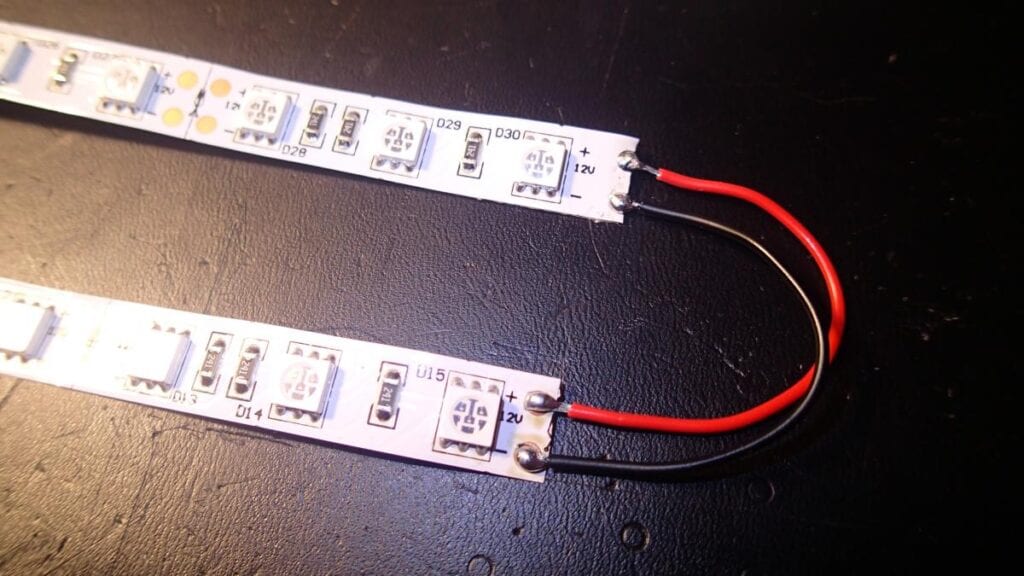
LCD the printed circuit board production is very demanding. In addition to effort, a good project and money require a willingness to face many challenges that may arise during this process. One of them is the conduction of heat by the material. During the drafting of this project, we must take care that the desired lumen coincides with the expected one. More than half of the electricity is converted into heat. To avoid damage or complete destruction of your project, pay attention to the heat dissipation from the electrical appliance. One of the solutions to this challenge is to choose a material that would have low thermal conductivity.
4. Production process
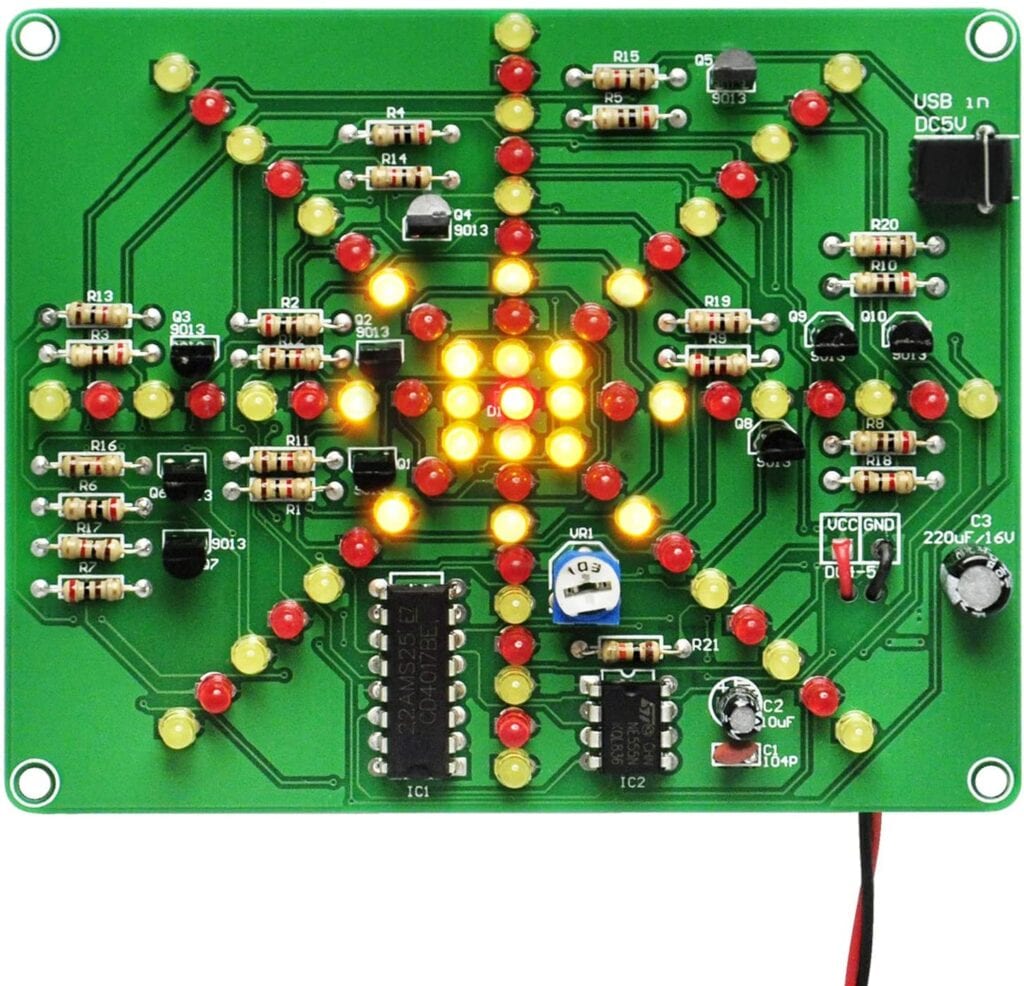
The process of manufacturing PCBs requires a lot of preparation and execution of individual jobs. It’s a heavy job that requires a lot of prior knowledge and training. According to pcbonline, this process consists of a series of parts and steps that should be followed. If you are not skilled and need help making them, you can rely on their advice without worry. Some of the preparation and phases of production consist of cutting the material, cleaning and protecting the board, removing excess elements/materials, drilling, wire tying, and final processing of the product. The instructions for making each of these jobs must be obeyed to give good final results. This is a job where a mistake can cost you a lot, so you need a lot of concentration and patience.
5. Final check
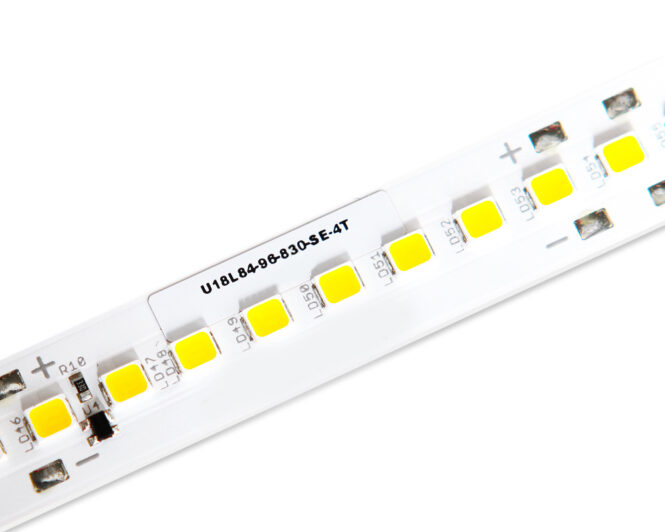
As a final step in the process of creating LCD PCB boards, we left for the check. The product must be thoroughly inspected so you could see the results at the end. Whether its function is satisfactory, whether there are scratches, material defects, are just some of the questions that need to be answered. Only after a successful inspection of the product you can pack and store it for sale/use.
The application of LED PCB lighting is wide. From car lights, home lighting, street lights, their application is very useful. Due to the ideal combination of costs, energy efficiency, and product quality, these panels have a special place nowadays.
 Imagup General Magazine 2024
Imagup General Magazine 2024
